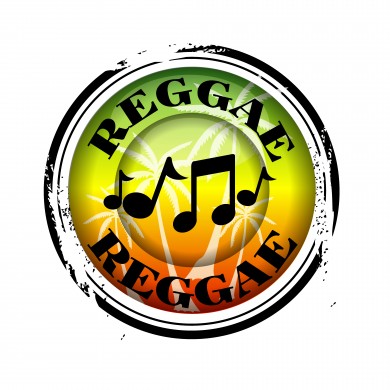Funk carioca was born in the favelas of Rio at the end of the 70s of the will of its inhabitants to develop musically and politically, far from traditional musical themes.
The pioneers of the genre seized American funk to create a music emblematic of their living conditions. Now one of the most popular forms of contemporary Brazilian music, there are “baile funk” in each and every state of Brazil.

Baile funk, an outlet for social and racial inequalities
It all starts with open-air evenings (bailes), organized in the favelas of Rio where the most important thing is to dance frantically, deafened by sound systems pushed to the maximum. DJs then mix American funk, and MCs dump the truths of the living conditions of a poor, black majority living in the ghetto.
Far from Bossa nova and MPB, representative of the better-off classes, funk carioca, a true Brazilian genre, suggests, sometimes violently, the claims of a population deprived of expression and social recognition. It evolved in the 80s, influenced by the faster rhythm of the Miami bass sub-genre of hip hop totally engulfed by the local musicians.
Variations of funk carioca and national commercial success
The excusal of violence and drug cartels, machismo and vulgarity are the ingredients of “Proibidão” funk which imposes itself little by little in the 90s, after a more romantic funk. This hyper – sexualised music, circulates mainly during the “baile funk” of the weekend, as a dialogue between opposing gangs. But it is the censored, pacified versions of funk “Ostentação” that are marketed nationally. The worship of money, oversized ego and unbridled sexuality in very bling-bling clips is common.

The musical meetings representative of currents cariocas
Becoming an essential part of life in the favela, the 400 or so funk parties in Rio continue to run about fifty events per week to an audience of up to a thousand people.






